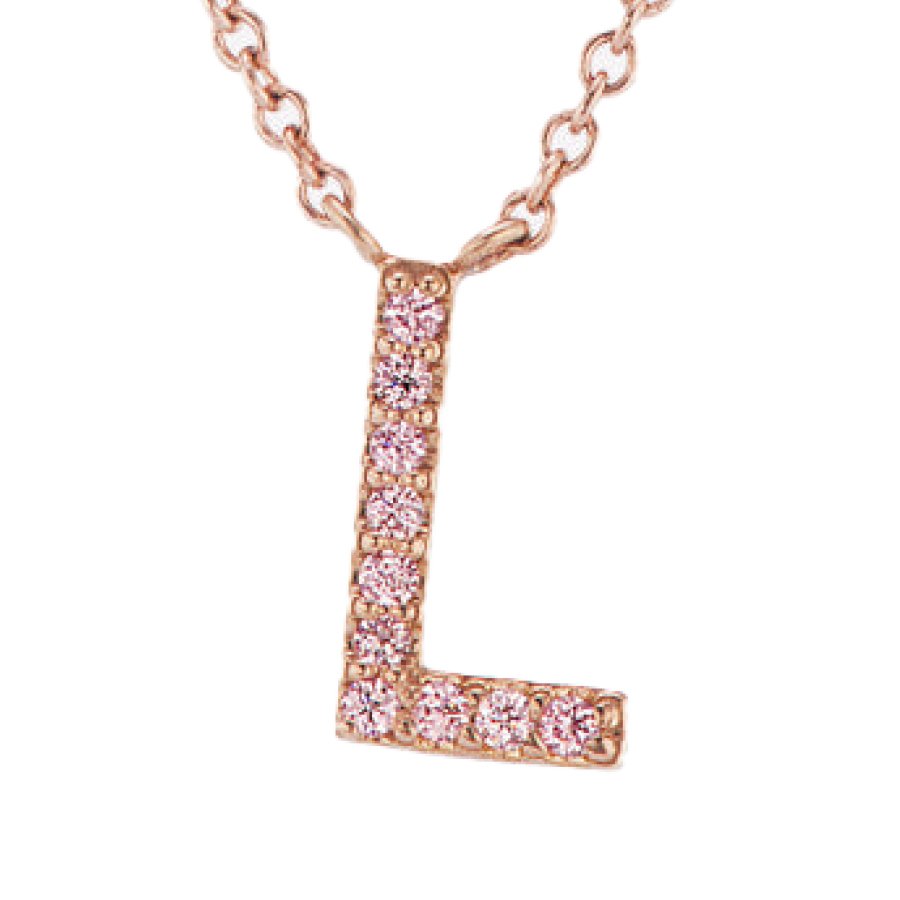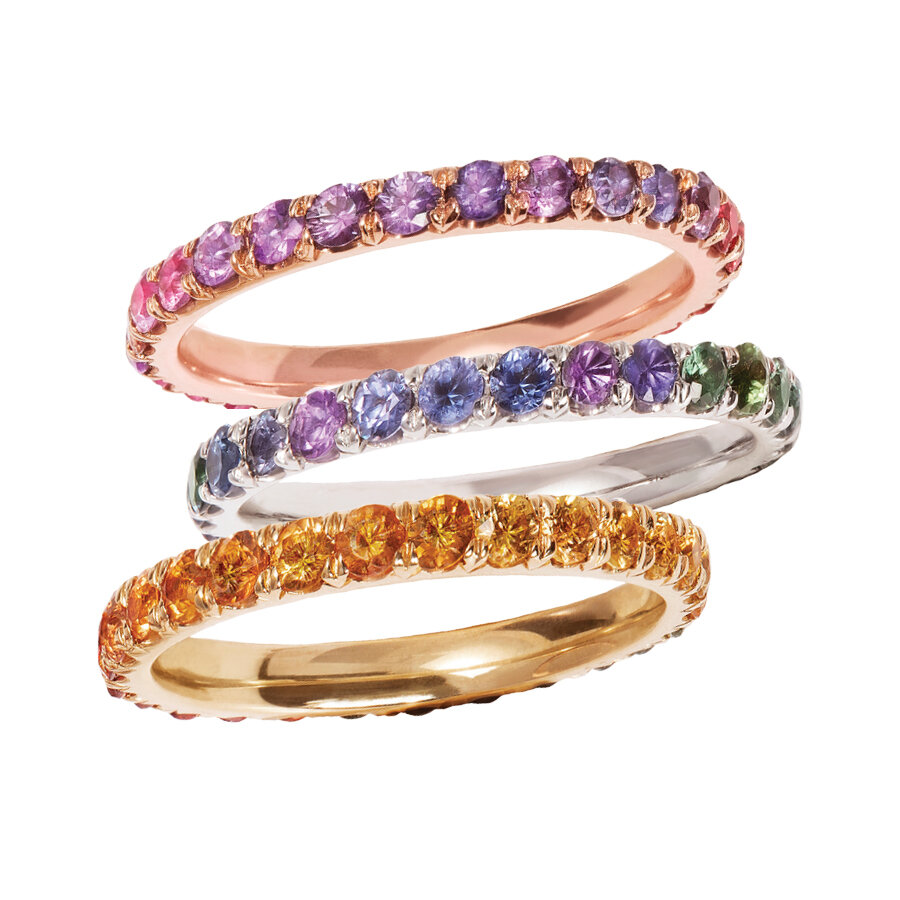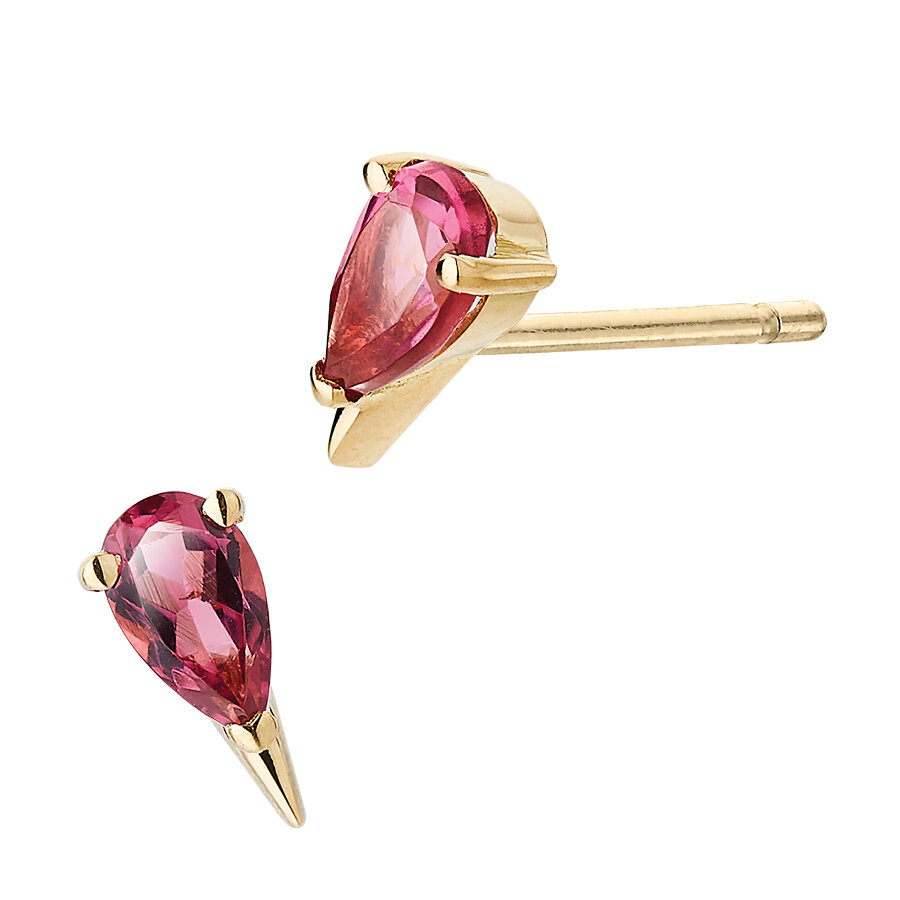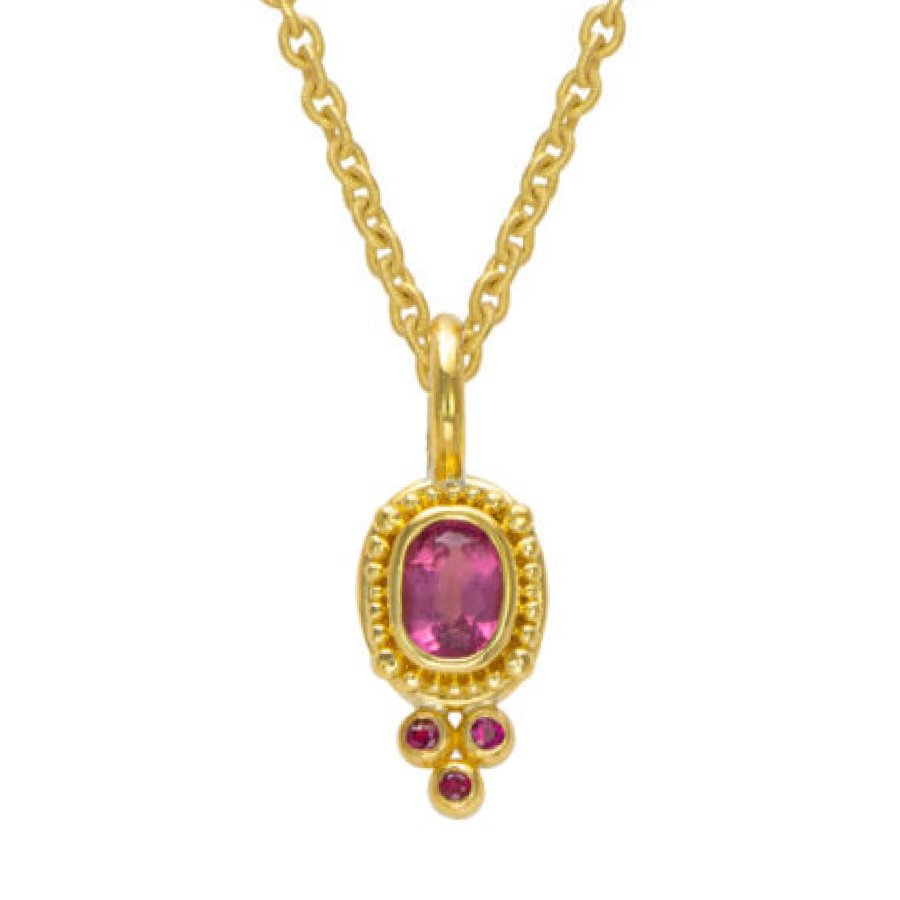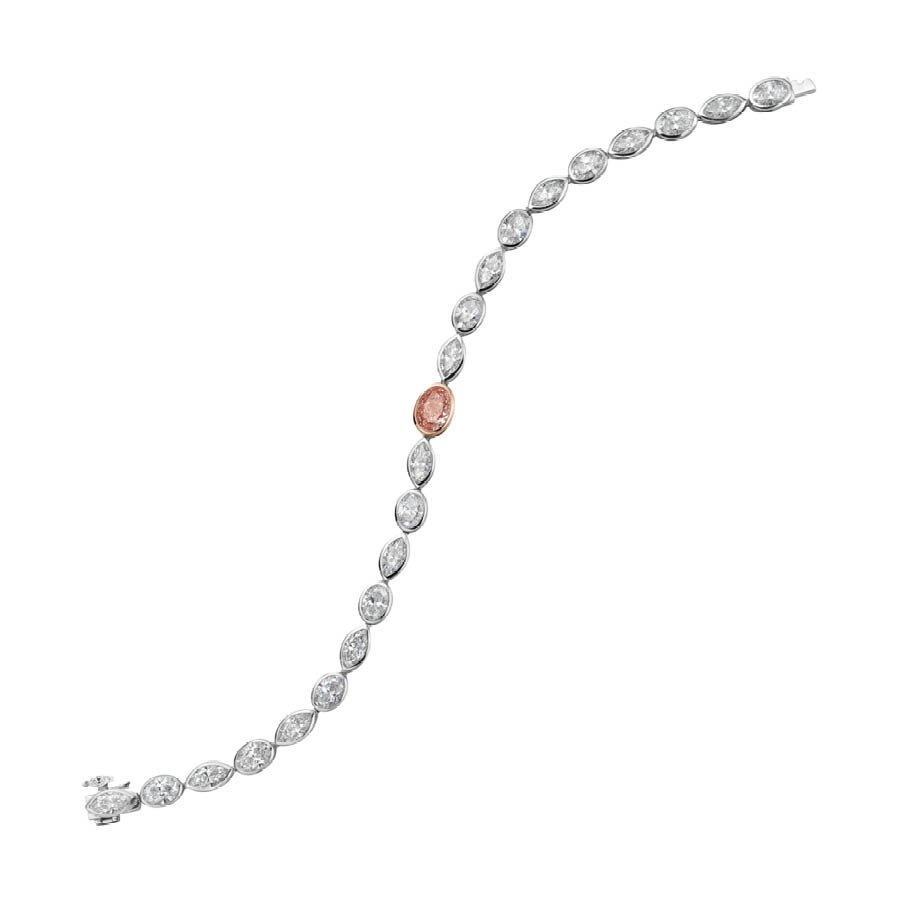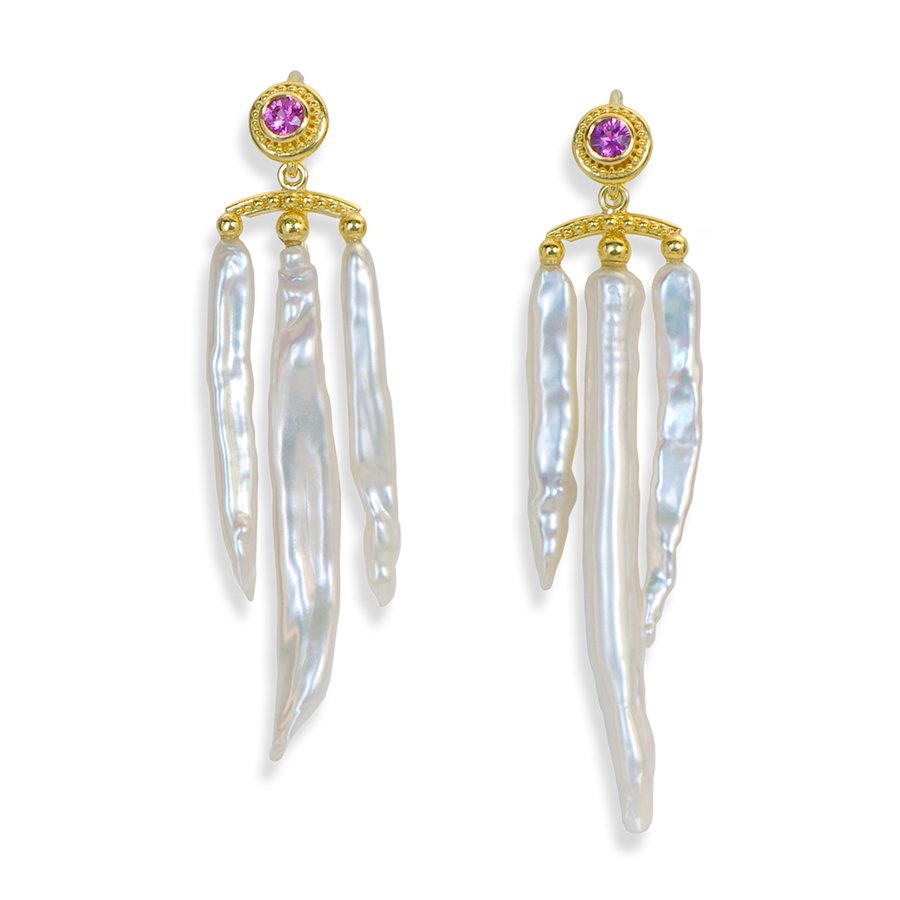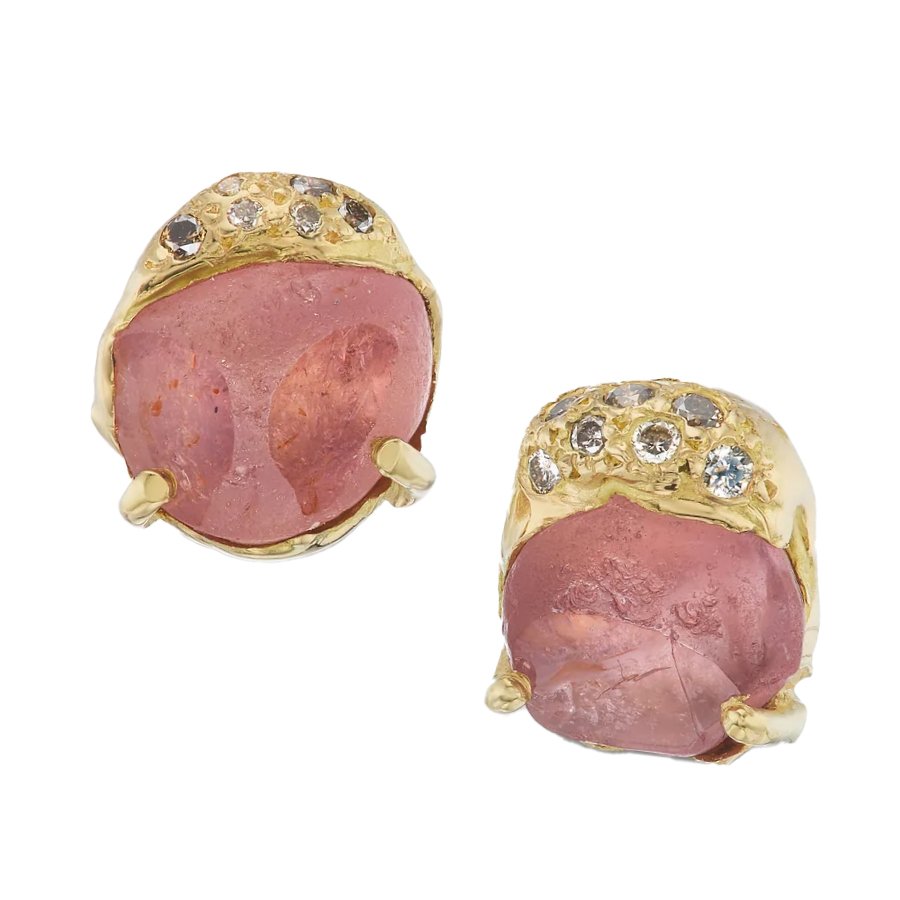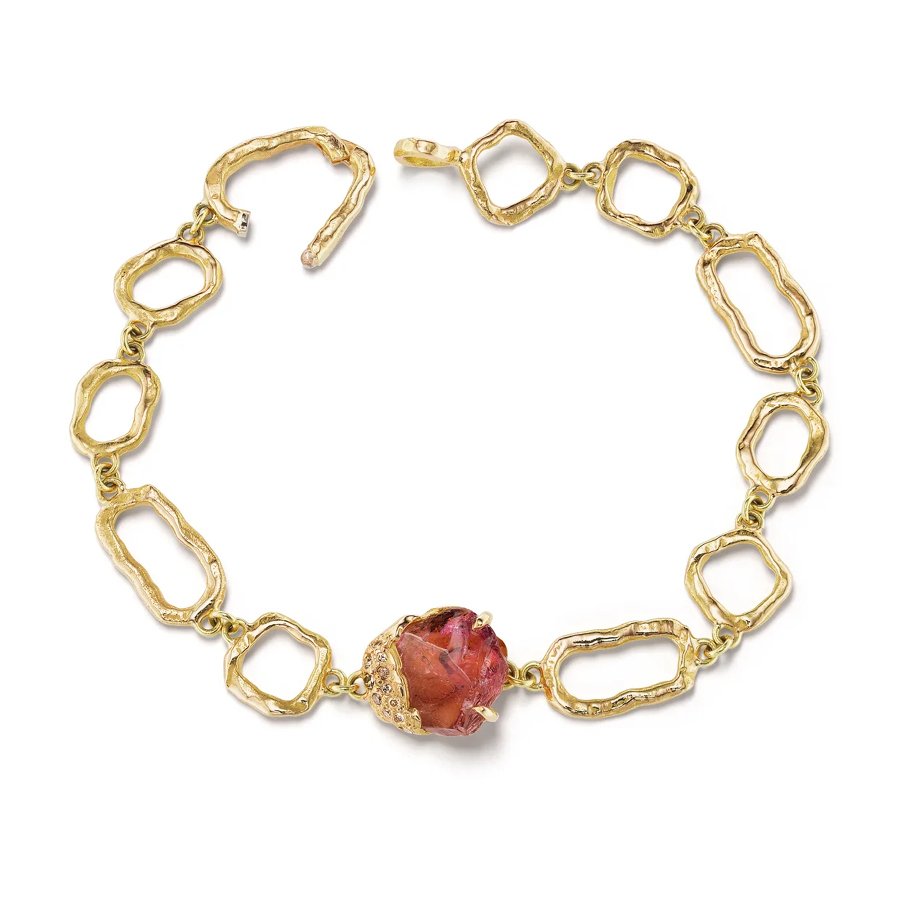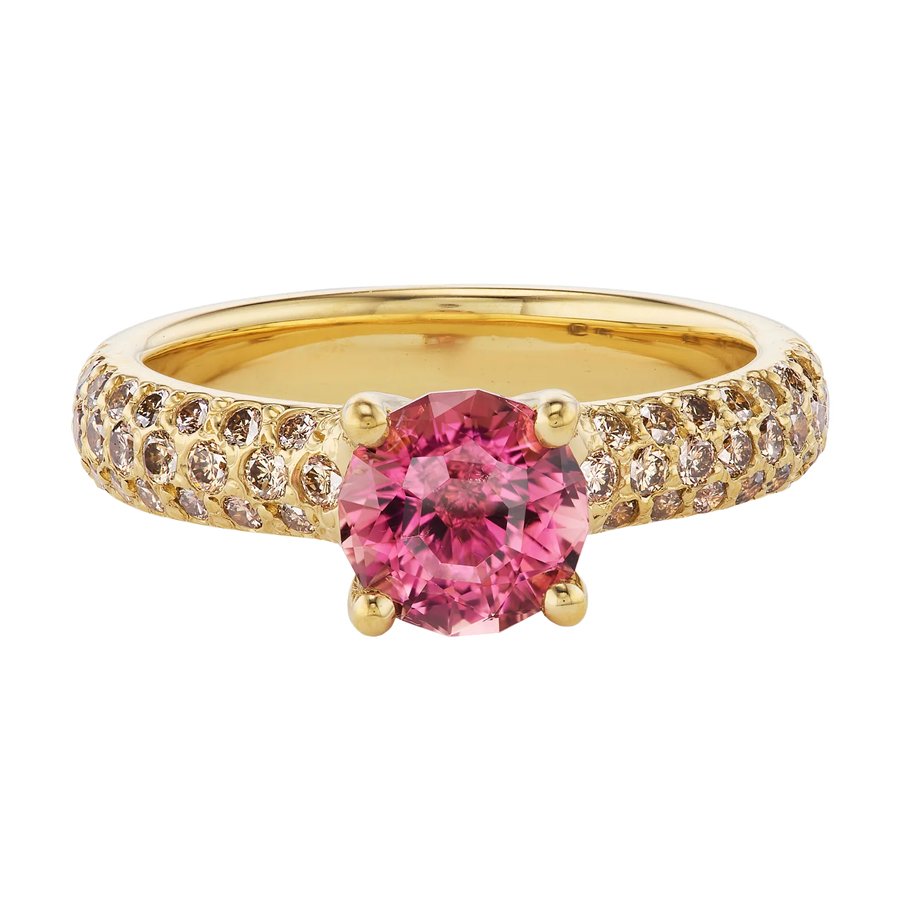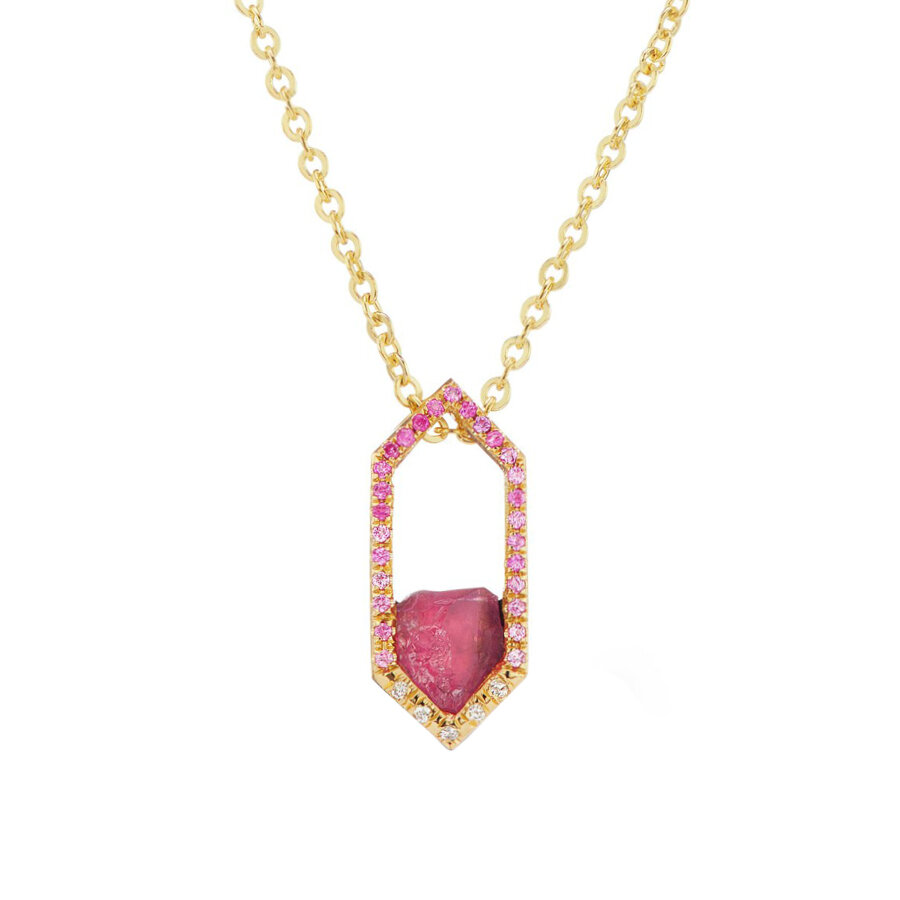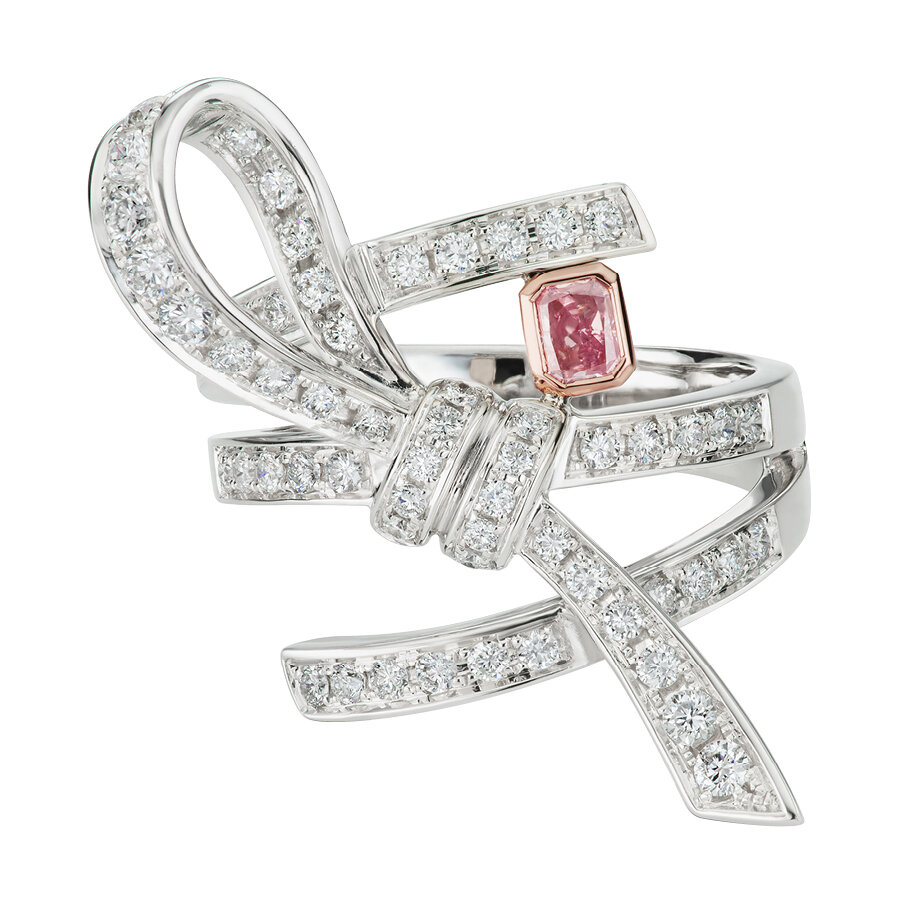What Gemstones Are Pink? The Fine Jewelry Possibilities Are Divine!
BEYOND DIAMONDS, PINK CAN SPARKLE IN SO MANY SPECTACULAR WAYS
Argyle Pink diamonds are responsibly sourced beauties from Australia with a wonderfully wide spectrum of pink hues ranging from the palest blush through cherry blossom, soft rose to raspberry, and a dramatic red. They are also rare and highly valuable.
The good news is that there are many gorgeous gemstones that offer pink possibilities at any price point.
Let’s meet a few fetching pink friends…
SAPPHIRE! SPINEL! MORGANITE! TOURMALINE! GARNET!
THE GEMMY POSSIBILITIES OF PINK
What I love about pink gemstones is the capacity to flatter on all complexions. While diamonds may be a girl’s best friend, colored gemstones can be a fetching array of pink hues.
Whether your style is subtle or bold, the big idea is: PINK IS THE NEW PROFESSIONAL COLOR…
A CURATION OF PINK FINE JEWELRY
WHAT TO KNOW ABOUT PINK GEMSTONES
Garnet has way more charisma than many people realize. Why are they special? Garnet can be any color of the rainbow (similar to sapphire), but what makes it extraordinary (in my opinion) is that it can exhibit the widest variety of color change hues among all gemstones.
Morganite is the pink variety of the beryl family. Think of it as the pink cousin of aquamarine and emerald! This gem was first discovered in Madagascar in 1910 and named for J.P. Morgan, who was an avid collector.
The most common variety we all know well is the raspberry-red, purplish-red rhodolite garnet. Malaia or Malaya garnets are a variety of light to dark slightly pinkish-orange, reddish-orange, or yellowish-orange. While this name may reference the Swahili word meaning “misfit”, it is exceptionally gorgeous!
Sapphire is often known as a royal-hued blue, but it can exhibit an array of pink hues. In fact, it can be any color except red, which would make it a ruby! Ruby and sapphire are the same mineral species, corundum.
It is the presence of chromium when the gemstone was being formed that gives it that red hue. There are cases that a gem exhibits color that is on the cusp of being graded as a pink sapphire or a ruby.
While grading can subjective, it greatly impacts market value, as a ruby will command a higher price than a pink sapphire.
Spinel was unfairly deemed the “great imposter” for being mistaken as ruby (and sapphire) for centuries. It is not that anymore! Historically it has been found alongside deposits of ruby and sapphire, which accounts for the confusion. It was not until 1783 that spinel was differentiated as a separate mineral species.
Spinel exhibits shades of red, orange, green, blue, violet, purple, and… pink!
Beyond beauty, it is a durable colored gemstone. It is an 8 on the Mohs Scale, meaning it is a beautiful option as an everyday or engagement ring.
Tourmaline can also dazzle with a vast array of juicy hues, from the electric blue of Paraiba to emerald green chrome to ruby red rubellite to pink!
All tourmalines are pleochroic, meaning the color changes when viewed from different angles.
As I mentioned above that the presence of chromium is what gives ruby its red hue, the colors of any gemstone are determined by trace elements of other minerals when it was formed. A great parallel to this is a wine’s flavor being expressive of “terroir” - the elements of the earth!
Pearl may not be a stone, but they are a luminous organic gem! They are the alluring result of a mollusk protecting itself from an invasion of an irritant!
There is a significant difference between natural and cultured. Different species inhabit different regions and produce a diverse array of colors, shapes, and sizes… including pink!
Let’s take a look at breathtaking discerning pink-hued jewelry!
THE MOHS SCALE + RINGS:
DIAMOND, SAPPHIRE, SPINEL, MORGANITE, TOURMALINE, AND GARNET
Gemstones that are harder than quartz, a 7 on the Mohs Scale, are great options as everyday and engagement rings.
Diamond is the hardest at 10, meaning it is ideal as an engagement ring.
Sapphire is also a gorgeous option at 9, as is spinel at 8.
Morganite at 7.5 - 8, tourmaline at 7 - 7.5, and garnet at 6.5 - 7.5 are also good candidates as everyday rings - ideally with a setting that is designed to protect it from accidental bumps with hard surfaces.
Let’s connect to make a pink engagement ring or cocktail ring yours!
What to know about ETHICAL GEMSTONES and GOLD to ensure your jewelry is NOT FUNDING CONFLICT
WHAT DOES RESPONSIBLY SOURCED MEAN?
This is an example of a proprietary provenance report that demonstrates Nomad’s commitment to transparency, trust, and traceability. Beyond the descriptive details about each gemstone, the report discloses the history of the origin and a specific gemstone’s journey to their cutting wheel. Nomad’s developed 4 levels of traceability - from Level 1, acquired through direct “mining partnership”, to Level 4 acquired through a dealer in an “open market” with the origin being determined by a gemstone laboratory.
In the same way that we know where our food is from and who made our clothes, why not jewelry?
Responsible sourcing goes beyond ethically or sustainably sourced. This encompasses conflict-free, traceability, protecting people, their skills, and the environment be it land or sea. This is an open, evolving conversation worth having, as we all seek to make choices that align with our values.
As much as possible, the designers in this community do their best to choose jewelry “ingredients” that honor this.
Gemstones can be responsibly sourced or post-consumer recycled (recovered from previously worn jewelry to be reset in a new design).
For precious metals, this can mean using recycled gold - or a step further is mercury-free Fairmined gold.
WHAT IS FAIRMINED GOLD?
As we make ethical choices with Fairtrade wine, food, and fashion, why not the gold in our jewelry? Let’s compare recycled gold versus Fairmined gold…
3 RIVETING Q&As ABOUT GEMSTONES
WHAT GEMSTONE IS A GOOD INVESTMENT?
The one that is uniquely beautiful to you!
Similar to collecting art or cars, invest in what you love while understanding what aligns with your reasonable expectations of a “return on investment”.
Watching high-profile jewelry sales at auction houses will offer an understanding of the market for particular gemstones at the collector level.
Rarity is one of the greatest factors that affect value. Being aware of gemstones that are no longer being mined (or soon to be no longer mined) could be one strategy such as Argyle colored diamonds or Tanzanite.
Spinel can be a beautiful investment because availability can be limited and unreliable. Demand definitely exceeds availability, especially for red and cobalt blue.
Rare garnets can also be alluring investments, such as mandarine (orange) and tsavorite (green). The rarest and most prized is the demantoid garnet for its exceptional fire and brilliance that rivals diamonds.
ARE GEMSTONES STILL BEING FORMED TODAY?
This is such a good question and a complex one to answer.
What I can say is the earth is ever-changing and different gemstone species require different environmental conditions to form.
A current geological study suggests the oldest gemstone material known is Greenland Ruby, forming 3 billion years ago.
GIA Graduate Gemologist® Adrianne Sanogo shared an enlightening article on the ages of diamonds.
The conclusion appears to be that gemstones are eternally being formed, although what is being formed today will not materialize for millions or billions of years.
WHAT IS THE BEST JEWELRY CLEANING SOLUTION?
You already have it at home!
The best cleaning solution is mild dish soap (not detergent) and water with a soft toothbrush or a soft cloth.
Personally, I do not recommend ultrasonic cleaners. They can crack opals, shatter pearls, or damage gemstones that are treated. While it may be safe to clean hard gemstones, such as diamond engagement rings, it can result in loosening prongs over time.
Keep in mind, different gemstones require different wear and care considerations. Among these are soft or brittle gemstones such as emerald, pearl, opal, turquoise, and Tanzanite.
Get the full scoop HERE!
THE BRILLIANT CONCIERGE: YOUR FINE JEWELRY GUIDE
I find discerning jewelry that aligns with your values. Beyond gemstone sourcing, this includes private shopping for:
rings
earrings
necklaces
bracelets
responsibly sourced gemstones
Learn more about this white-glove service.




